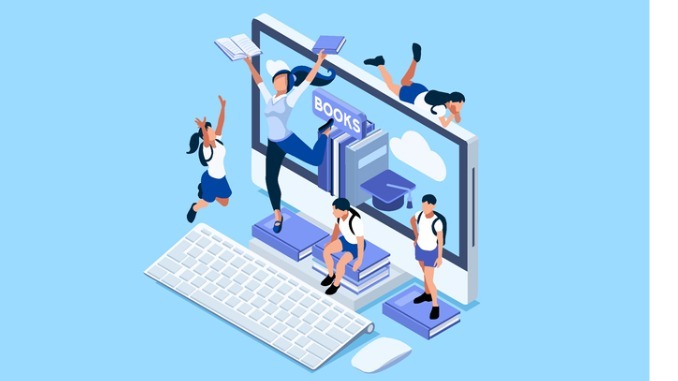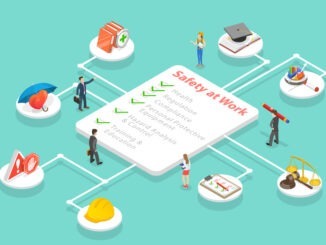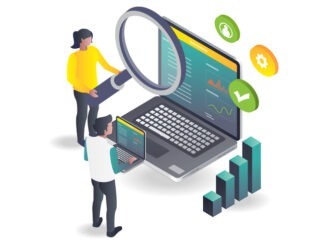For SBLs, adhering to standards means more than just checking boxes. It’s about caring deeply about the work you do and ensuring it’s done correctly. Yet, understanding and implementing IT service standards can be overwhelming. But fear not, we’re here to support you every step of the way
In our new series of monthly articles, we will guide you through the government guidelines for supporting your school or academy to use the right digital infrastructure and technology.
These standards can help SBLs and your wider school team with budgeting for technology procurement and maintenance, purchasing technology equipment and services, renewing a contract with a technology provider to ensure their purchases meet your needs and correctly installing new equipment.
A thorough comprehension of IT standards not only aids your school in maintaining compliance, but also provides you and your team with a comprehensive overview of the strengths and weaknesses of your current system. This empowers SBLs to proactively address any issues and implement preventive measures to mitigate risks. Furthermore, standards act as guiding principles, ensuring your school consistently delivers high-quality outcomes, thereby fostering greater satisfaction among students and teachers and bolstering its positive reputation.
Although you can find these guidelines on the government website, we’re here to provide you with a more in-depth understanding of how to apply them effectively in your school’s technology planning and usage. Over the next several months, we’ll break down each section to offer comprehensive insights. By the end of this series, you’ll not only have a clearer grasp of IT standards but also feel more confident in implementing and monitoring them within your school environment.
In the upcoming articles of our series, we’ll cover various essential standards for school technology. We’ll dive into topics such as broadband internet, cloud solutions, cyber security, digital accessibility, digital leadership, filtering and monitoring, equipment, and network and storage standards. Our next article will focus on broadband internet for schools, examining connection types, speeds, resilience, and safeguarding in detail.





Be the first to comment